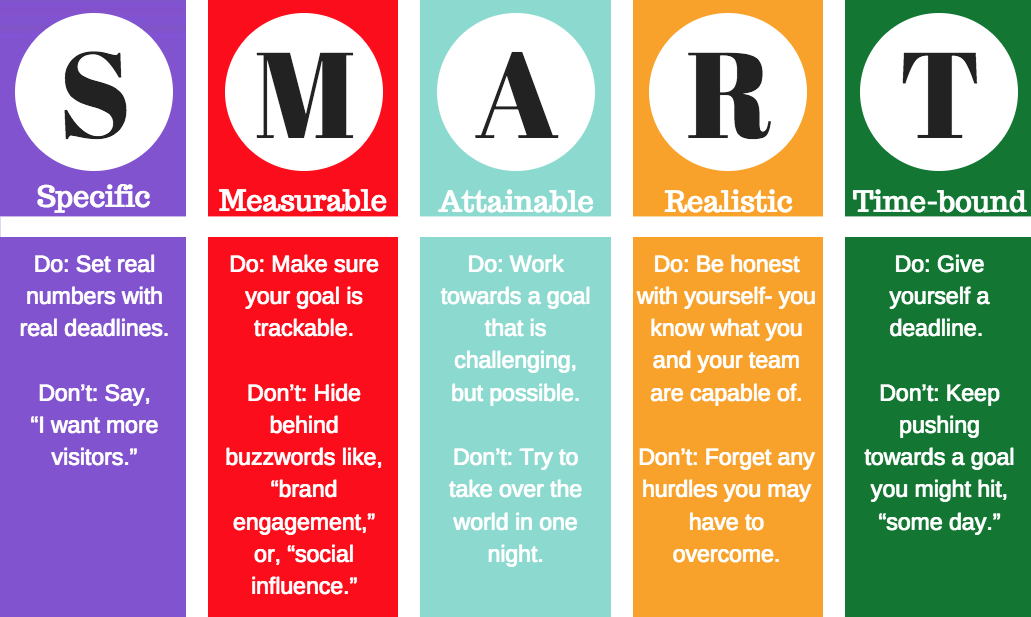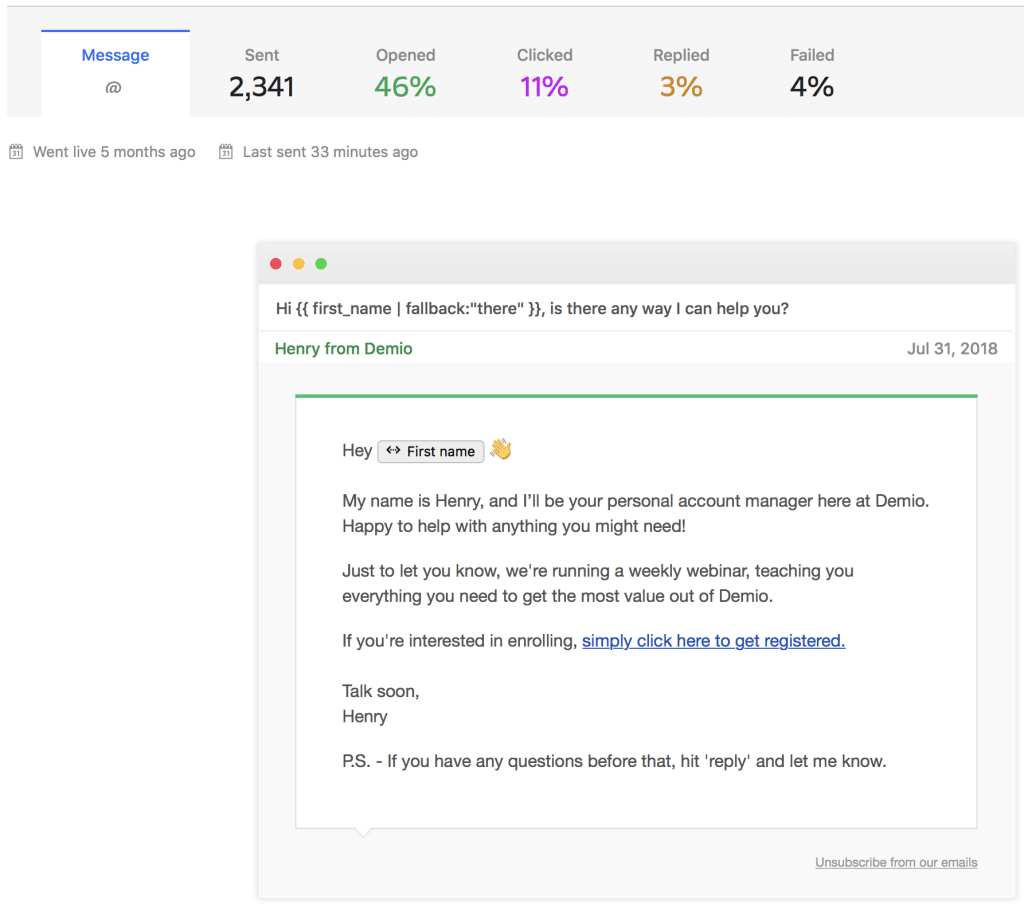
Hybrid work is a new way of working. It combines the most beneficial elements of both in-person meetings and remote work. It’s changing the way we work. But how can we measure the success of this new method?
Businesses must set metrics to know if a hybrid working arrangement delivers desirable results. What metrics are these?
Let’s discuss five hybrid work productivity metrics you can use to assess the performance of your staff.
1. Planned-to-Complete Work Ratio
The planned-to-complete ratio is an effective way to gauge hybrid work productivity. It’s a good employee key performance indicator. Employers measure how much of the assigned tasks the staff finished. They then divide the number of “planned” tasks the employee should have finished by the number they completed. These numbers are then converted into a percentage.
This ratio tells you two things. It will tell you if an employee is performing well. If others are getting a higher percentage than one employee, there might be problems.
Tracking performance lets you see which employees stay productive and resolve problems quickly when their productivity dips. This is crucial in fast-paced industries, such as SEO campaign management and social media management. You need staff who can respond to tasks and concerns urgently.
This metric will also give you feedback about your task delegation or job complexity. You can either identify employees who take too long to finish tasks or determine why some job types take longer than others.
2. Employee Engagement
To gauge hybrid work productivity, you can also see if employees are vocal about their insights and are just as engaged even when working remotely. Engaged employees typically mean they’re productive, too.
That’s why keeping employees engaged is important. For this, some businesses use tools for employees to share feedback. You can use the 360-degree method, which entails your employees gauging each other’s quality of work.
This feedback will serve as insightful points for improvement. You will also understand if an employee gets along and communicates well in the working environment of your business.
But, before you can expect a good level of engagement from your employees, you must ensure that each of them has the tools they need.
Also, let your employees know your expectations from the get-go. You may use an online video recorder and record your instructions, protocols, and other things employees need to know during the onboarding process.
3. Achievement of goals
If management works with a clear goal, they will develop concrete plans to help a hybrid working arrangement work. Checking where you are in terms of achieving your goal can be a good way to measure employee performance.
You can measure hybrid work productivity by checking if the employee’s outputs contribute to the company’s goals. At the start of every fiscal year, you must sit down with your employees and create a set of SMART goals.
The graphic below shows how to build these objectives. They must be specific, measurable, attainable, realistic, and time-bound.

Source
After identifying these goals, you can set specific goals for different departments and work down to the individual level.
For instance, to grow your business by X% this month, you can ask the social media manager to grow your brand’s social media following by Y% in two weeks to increase conversions. Or you can ask the email marketing manager to send a specific number of emails to help you retain customers by Z%.
Just make sure you give them the resources they need to achieve their specific goals. For instance, you’ll want to give your social media manager an Instagram following success guide or a Facebook content style guide. On the other hand, you might want to give your email marketing manager an email automation tool.
Identifying your SMART goals allows you to delegate realistic and achievable tasks to your employees. If an employee fails to meet the SMART goals they helped define, you can assist them by providing further training or coaching.
4. Time Management
Time management is a skill that allows employees to get more done in less time. It’s about prioritizing tasks, setting goals, and planning for the future. Since hybrid work requires a special approach to time management, you should use it as a tool for assessing hybrid work productivity.
With time management, you’ll ensure that your employees get enough time to work. You can also track how much time they spend on things other than work.
Companies with successful hybrid work productivity use time-tracking software programs. These tools enable you to track employee activity across their devices, including laptops, tablets, and smartphones. You may also use them to track their active versus idle time and location.
It’s a good idea to break down the tasks first into pieces. For example, content writing entails the following tasks in a day:
- Search intent
- Search checklist of intent audit
- Write
- Edit
- Optimize
After tracking the time your employee spends on each task, you can use the information to make adjustments that will improve employee productivity.
5. Productivity by Profit
A solid metric for performance productivity is profit. To measure productivity by profit, compute the amount of money each task makes for the company. So, if you are set on growing the company quickly, you can focus on the tasks that generate more money instead.
Businesses are on board with generating conversions via webinars. That’s because marketers believe that webinars are the best ways to generate high-quality leads. Nearly 70% of webinars are also oriented at increasing sales.


Source
It isn’t surprising, then, that Demio, for instance, offers their new free-trial users’ onboarding webinars every week. The goal is to convert them into paid users.

Source
Those who sign up for a free trial receive targeted emails to promote their webinars.
You can find other tasks that generate money for your business. The key is proper monitoring and constant assessment of tasks to determine what’s helping your business and what isn’t.
6. Technology Use
Technology use involves, well, the use of new technologies, such as new software, computers, or apps, in the workplace. These tools help employees become more productive and efficient in their work.
However, it can be a critical metric for assessing hybrid work productivity. It can determine how much your employees are getting done when using these tools.
You may analyze hybrid work productivity by checking how much time is spent on different platforms (e.g., Slack vs. email) and the frequency with which they use them.
This won’t just give you an idea of the work they get done. They will also tell you which tools your employees find useful when working. They can also help you determine the platforms they might need help in.
Before you incorporate a tool into your workflow, watch employees at work to see how technology adoption affects the achievement of goals. If you see your workforce is more productive, continue using the technology. If it doesn’t affect the achievement of goals, then ask your staff for feedback. Maybe the tools aren’t being used as much as they should be. Or maybe the tools aren’t being used because there’s a training gap you need to fill.
If it’s the last one, you will need to train your employees so they can use the tools more frequently. Then check again if the subsequent technology use has had an effect on the achievement of your goals.
7. Communication Effectiveness
Communication effectiveness, in this case, is the ability of an individual or group to communicate clearly and effectively with others so they can complete their work.
You can use communication effectiveness to evaluate your hybrid work productivity.
Look at the emails that go back and forth between employees. But don’t look at the number of emails exchanged. After all, the only thing we can conclude when we see a high number of emails exchanged between two employees is that the two employees both have a high engagement rate. To determine communication effectiveness (and therefore productivity) you need to look at the quality of the emails.
Let’s say Employee A started rewriting an article right after they were instructed to do so by Employee B in an email. Assume in another scenario that Employee C started rewriting an article five emails after Employee D gave the instructions to do so.
Between the two scenarios, which one represents communication effectiveness better? Scenario 1, of course.
In other words, to ensure hybrid work productivity, the goal should be to get your team to take action with the least number of messages exchanged with them as possible. So, managers should always give clear instructions. Their messages should not be subject to interpretation.
But if the instructions were clear, and the concerned employee still didn’t take action, then it means it’s the latter who’s at fault. You might decide to talk to the employee to ensure hybrid work productivity.
In Closing
Efficient employee productivity tracking is key to a hybrid working arrangement. Metrics allow you to oversee your employees’ performance even if they work remotely.
We looked at seven hybrid productivity metrics you should look at. These are:
- Planned-to-complete work ratio
- Employee engagement
- Achievement of goals
- Productivity by profit
- Time management
- Technology use
- Communication effectiveness
Assess which productivity or combination of metrics works best for your setup and implement them. Then you can be assured your employees will be productive even in a setting that sees you and them in different places.
Looking For HR Management System?
Call Pursho @ 0731-6725516
Telegram Group One Must Follow :
For Startups: https://t.me/daily_business_reads







